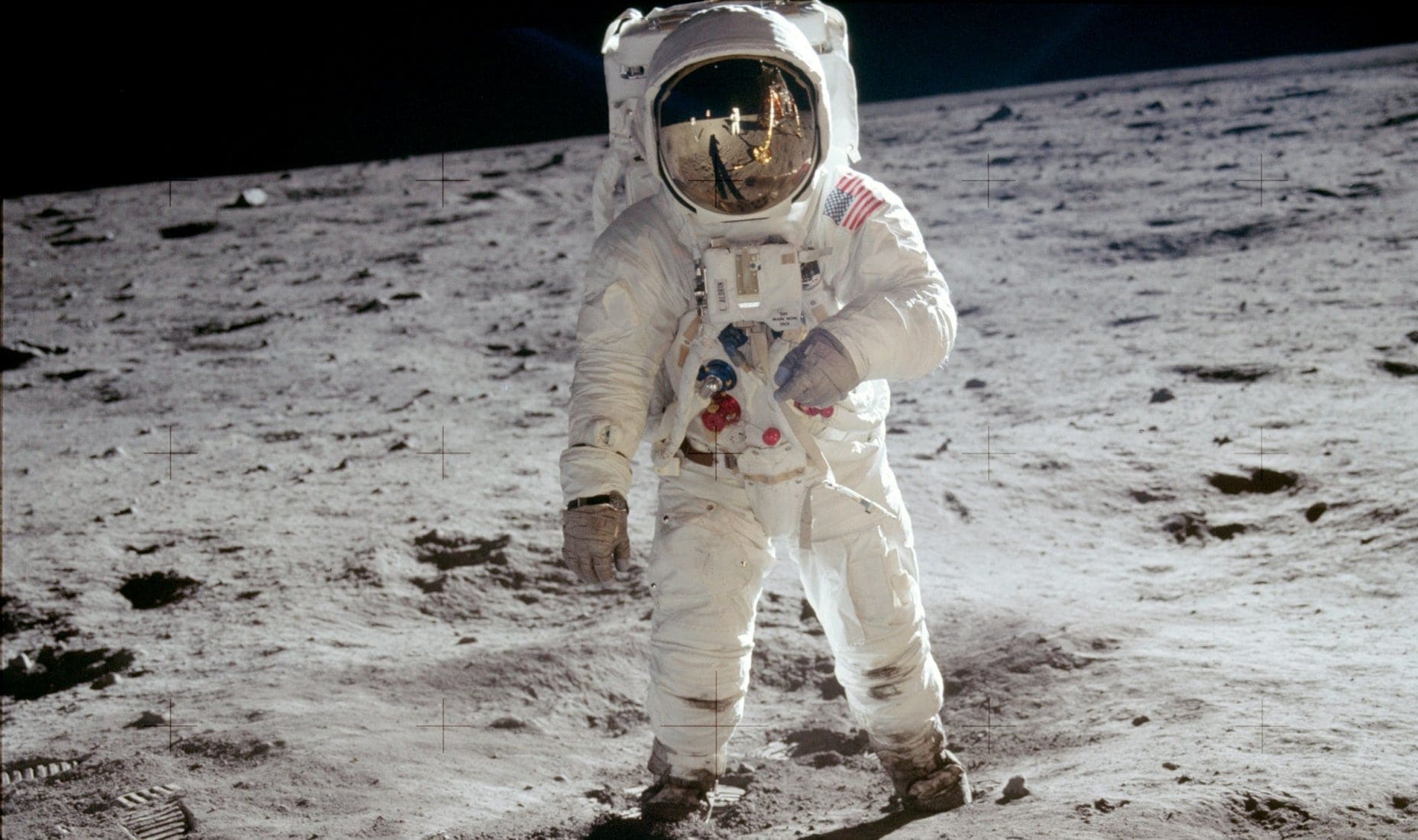What child has not dreamed of flying to space in a rocket, or walking on the moon, or visiting distant galaxies in a spaceship? We probably still daydream about it as adults. How cool would it be to see earth from the moon instead of the other way around? I always thought the coolest job in the world had to be an astronaut, after all they get to do these things and get paid for it. However, I never really decided to pursue being an astronaut. In my 8-year-old mind I saw becoming an astronaut as an impossible dream, not just because I was a child, but because there really weren’t any role models for me to follow into that path. How does one even become an astronaut? Is there an astronaut school? Can girls be astronauts? None of these questions had answers when I asked them and my parents, just like me, never thought of it as a possibility available to me. Thus, my space dreams died the slow shrinking death of a balloon in cold air. This is the reason I make sure that my children get an education that can position them to succeed in any field of their choice. My children are fortunate. Some children are not so lucky and when one looks at what it takes to become an astronaut, we know many children do not a have chance at all. How can we help them get a chance at the coolest job in and out of this world?
What does it take to become an astronaut? It really is not for the faint-hearted, literally. NASA’s long list of requirements is a deterrent on its own. According to NASA, they received over 18,000 applications in 2016. This is mainly the reason why their list of qualifications is so long and daunting, it is done to limit the amount of applications they receive. NASA’s minimum requirements for applicants include: must be a U.S Citizen or be from a country with a space agency with an agreement with NASA. Must have a degree in engineering, biological science, physical science, computer science or mathematics. Must have a minimum of 3 years of professional experience or 1,000 hours of pilot-in-command time on jet aircraft. And these are just the “minimum” requirements. After these, is a series of obstacles and a process of elimination that resembles the popular movie “Hunger Games”, except no one dies and all candidates are extremely qualified engineers, doctors, pilots with nothing less than a masters or doctorate degree in their field.
In his book, “The Sky Below”, Dr. Scott Parazynski tells us in vivid detail the grueling process he went through to become an astronaut. He explains that he had a dream of becoming an astronaut since he was a child and he never let it go. He became a doctor, specializing in emergency medicine and trauma, and while many would have been content with a great career in medicine, he still had in mind the goal of applying to the NASA space program. The application was exhaustive on its own, asking for references, as well as applying for security clearance. Months later he was called for an interview at NASA and was beyond surprised. He flew to Houston and was in a room with 22 other top candidates that had been selected for basic mission training. He was among fighter test pilots, scientists, engineers and saw himself as having no chance to make the final cut. He went through all kinds of medical procedures and exams, which are intended to make sure all candidates are healthy and will be around for a while. NASA spends so much time and money training and preparing these individuals for missions in space, they cannot afford to lose them due to illness. He went through rigorous physical and psychological challenges, including one were they enclosed him in a plastic casing the size of an exercise ball, which helps determine whether the candidates can handle being confined in small spaces. Dr. Parazynski is quick to point out however, that even if you pass all these physical and psychological trials, the most important part of the process are the interviews with a panel of NASA experts and other astronauts. In the end, after all the challenges and years of dreaming, he became an astronaut in 1992, at the age of 31.
A story like Dr. Scott Parazynsky and that of any of the other accomplished men and women who went through the NASA astronaut application process, whether they were selected or not, tells us that to make dreams become reality, we need only try. However, all these men and women took every step necessary to meet the minimum requirements to at least get their foot in the door at NASA. They ensured they met every single qualification requirement in NASA’s list. Hence, why it is imperative we make sure that all children in America who are dreaming of becoming astronauts tonight as I write this article, get the education they deserve. These children must get to be the engineers, doctors, scientists and mathematicians that NASA requires for their space program. They need to be encouraged to pursue their dreams, and that requires hard work, perseverance and lots of dedication. It is not an easy road, and there will be obstacles. We must make sure the principal obstacle is removed, we must make education and STEM programs affordable. We must provide every child with the opportunity to learn, explore and be challenged. They should meet astronauts, scientists, engineers and see them as regular people with very cool jobs. If we make it easy for them to get the education and the exposure to these areas of study, then they can dream all they want, but will be getting one step closer to making their dream a reality. If the obstacle of access to quality education is removed, the sky is not even the limit, because the universe has no limit.
Sources
Boleyn, T., & Salleh, A. (2017, Sep 27). Hot to Become and Astronaut. Retrieved from abc.net/Science: http://www.abc.net.au/news/science/2017-09-27/how-to-become-an-astronaut/8988574
Parazynski, S., & Flory, S. (2017). The Sky Below. Little A.
Parazynski.com. (2017, 10 12). Bio. Retrieved from Parazynski.com: https://parazynski.com/bio/





